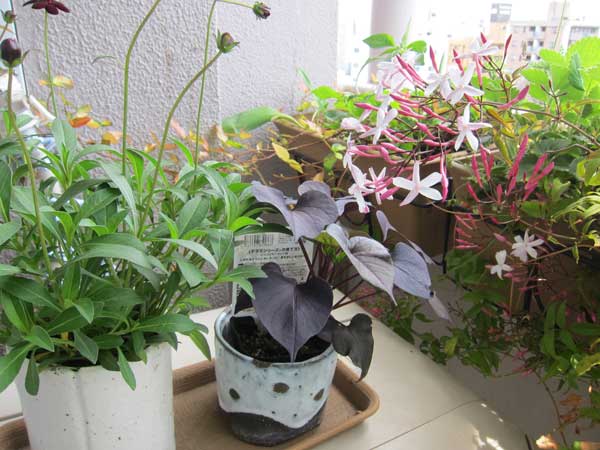





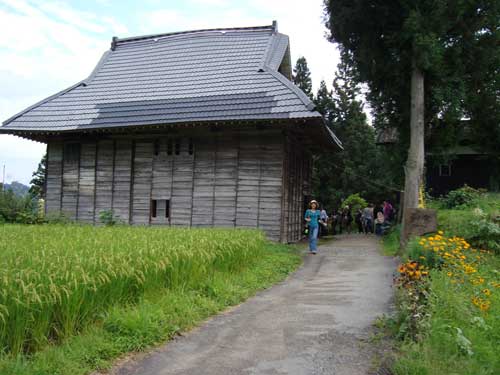
Last week I visited Nagano and Niigata prefectures with Nodai. It was my first experience seeing the incredible beauty of the countryside, the rice fields and satoyama ecosystems, steep hills, wood houses, and small towns. The focus of the trip was rural revitalization and experiencing history, both centuries-old and more recent, in landscape.
Although I had heard of satoyama from 5bai Midori, I had not expected to be so overwhelmed by the exuberant greenery of rice field, abundant water and forest. In some ways, the agricultural landscape looks like it had been there for 2,000 years of co-habitation between people and nature. Because of the small plots and terraces, much of the farming is still done by hand, and there was no evidence of industrial agri-business like flat Kansas wheat fields or Maryland chicken mega-factories.
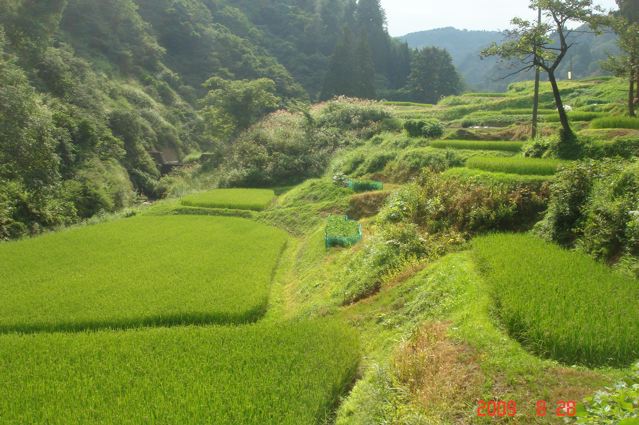
Our university field trip made clear that this is no pastoral eden. Abandoned houses and schools reflect a rapidly aging and shrinking population, and we witnessed buildings from Japan’s 1980s Bubble that were shuttered or on the verge of bankruptcy.
The trip included three major locations connected to efforts by Nodai’s professors in the Garden Design Laboratory and Landscape Architecture Science. The tour was led by Professors Shinji, Suzuki and Hattori.
1. Obuse in Nagano: an Edo town that was once a center of commerce and culture due to its location at the confluence of the Matsu-kawa River and Chikuma River, with a six hundred year history of chestnut trees and one hundred year old sake distillery. Today there is a famous Hokusai Museum, restaurants, chestnut foods, sake production, a marathon, and an “open garden” town program.
2. New Greenpia (ニュー・グリーンピア), a massive resort built in the 1980s to provide outdoor experiences for working class urban residents. A central feature is a garden designed by a Nodai professor, and the resort history shows how the exuberance of the Bubble laid a poor foundation for the past two decades. Its name refers to its green mission and its uto*pia*n ambitions.
3. Echigo Tsumari Art Triennial, which describes itself as “350 artworks, deployed in communities, rice fields, vacant houses and closed schools, are the fruit born from the collaboration and exchanges between rural locality and city, artist and satoyama, and young and old.” A Niigata Art Triennial director spoke with our group outside Marina Abramovic’s Dream House (see Nodai Trip, part 4, for more on this installation and Niigata Art Triennial).
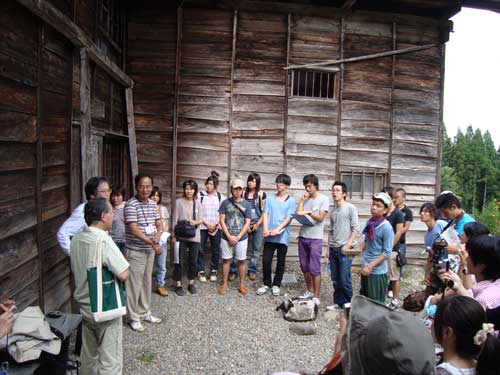
The trip also included a chance to speak informally with the professors, graduate and undergraduate students, and Research Fellow, plus banquets with enormous portions, visits to Japan’s giant highway rest stops, and onsen bathing.
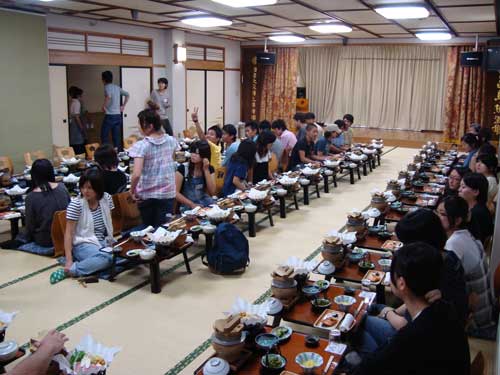
And lastly, there was an informal lesson on making onigiri for my foreign colleague and me.
I’ll post more photos and observations from the trip in the next days.